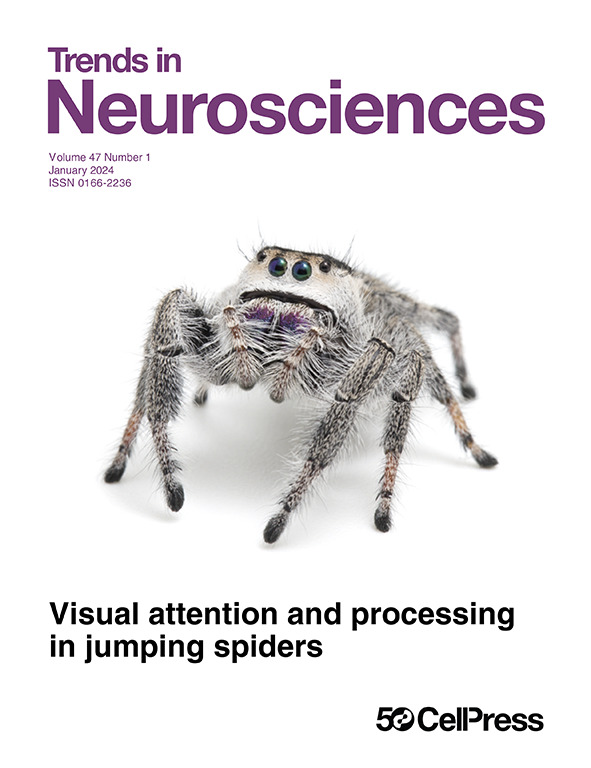了解社会互动知觉的发展。
IF 15.1
1区 医学
Q1 NEUROSCIENCES
引用次数: 0
摘要
在最近的一项研究中,Im, Shirahatti和Isik使用体素编码模型来显示社会互动的线索可以预测3-12岁儿童的大脑活动。他们的发现对理解早期社会发展具有启示意义,他们的方法对研究认知发展的其他领域也有希望。本文章由计算机程序翻译,如有差异,请以英文原文为准。
Understanding the development of social interaction perception.
In a recent study, Im, Shirahatti, and Isik used voxel-wise encoding modelling to show that cues to social interaction predict brain activity in children aged 3-12 years. Their findings have implications for understanding early social development, and their approach holds promise for investigating other domains of cognitive development.
求助全文
通过发布文献求助,成功后即可免费获取论文全文。
去求助
来源期刊

Trends in Neurosciences
医学-神经科学
CiteScore
26.50
自引率
1.30%
发文量
123
审稿时长
6-12 weeks
期刊介绍:
For over four decades, Trends in Neurosciences (TINS) has been a prominent source of inspiring reviews and commentaries across all disciplines of neuroscience. TINS is a monthly, peer-reviewed journal, and its articles are curated by the Editor and authored by leading researchers in their respective fields. The journal communicates exciting advances in brain research, serves as a voice for the global neuroscience community, and highlights the contribution of neuroscientific research to medicine and society.
 求助内容:
求助内容: 应助结果提醒方式:
应助结果提醒方式:


